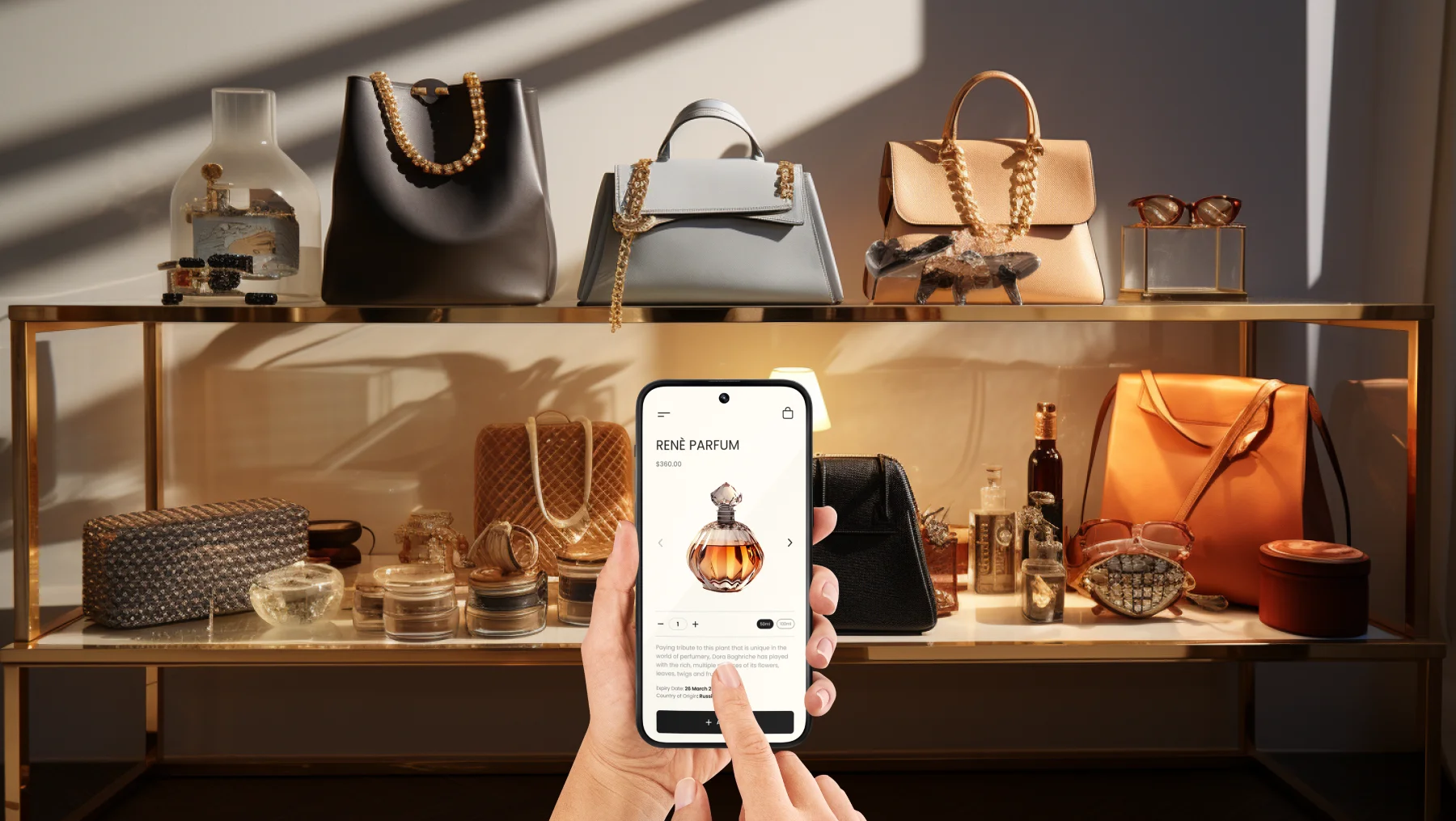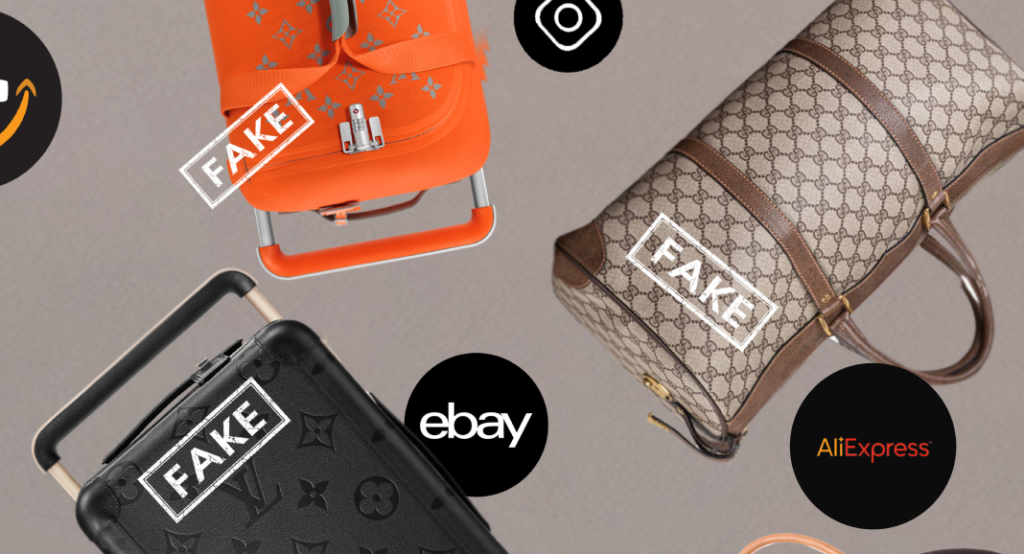
The finest quality, exclusivity, and extravagance are all attributes associated with luxury. It describes goods, services, or experiences that go above and beyond the bare essentials of life and are connected to a certain degree of luxury, pleasure, or prestige. It is deemed highly desirable within a culture or society that portrays a person’s social status, standards, and wealth.
The impact of the digital age and technology is evident when evaluating the performance of luxury brands in the current market. Consumer responsiveness has greatly increased, with typical buyers becoming more technologically savvy.
People who lead a lavish lifestyle, filled with travel and entertainment and have the money to spend lavishly on luxury.
Opportunists are those with a smaller but still sizable amount of money who occasionally splurge on luxury items.
They prioritise company ethics and brand integrity even more than Millennials do.
During the epidemic, we witnessed what the internet world can do for us. People discovered ways to stay connected through the tech/digital world while the real world collapsed.
Before the pandemic, there were dreamlike retail spaces. However, with the development of technology, increased accessibility, and millennial consumers with their smarter and more dynamic lifestyle choices, the online market for luxury products saw an axis shift.
To create a distinctive digital experience that goes beyond product descriptions and sales pitches, luxury brands embrace storytelling. They provide material that highlights the brand’s origins and values, conveys its story, and evokes customers’ emotions.
To provide an exclusive and immersive digital experience, luxury businesses conduct virtual events like fashion shows, product launches, and brand partnerships. These gatherings aim to engage customers, spark conversation, and foster a sense of community around the brand.
Luxury brands create unique digital user interfaces that convey their visual character and exude elegance. The user interface of the website, social media pages, and mobile apps are all created to provide a premium experience that appeals to the brand’s intended market.
Limited edition products made by luxury firms are frequently sold online only. These goods are intended to evoke feelings of exclusivity and urgency, encouraging people to buy right away before they run out.
Through features like virtual shopping assistants, tailored product recommendations, and customised content, luxury businesses provide highly personalised experiences.
For those who understand the value of authenticity, luxury goes beyond materialistic possessions. The value of luxury lies in the sense of status that it provides. They seek out luxury products that are expertly made, and have the best craftsmanship with the utmost care, paying close attention to every last detail.
It is simpler for counterfeiters to create and sell fake luxury products in the digital age, as e-commerce has replaced traditional retail. For luxury firms to set themselves apart from copycats, they must emphasize the authenticity of their products.
Luxury items are often marketed as exclusive and rare, and a high price tag can contribute to this perception. Consumers may believe they are getting a higher quality item simply because it is more expensive and exclusive. While expensive luxury goods are often considered to be of higher quality, it isn’t always the case.
Luxury goods are frequently produced using premium materials and with greater care and precision during the crafting process. The materials and craftsmanship used in luxury items frequently reflect the quality, even though the price may not always directly reflect it.

Online stores like Amazon, eBay, and Alibaba have made it simpler for counterfeiters to entice naive buyers with bogus luxury goods. These sites are challenging to monitor, and counterfeiters frequently conceal themselves by using many accounts and false identities.
Social media sites like Instagram and Facebook have developed into ideal platforms for counterfeiters to advertise and sell their knockoff versions of high-end goods. To reach a big audience, they frequently make use of trending hashtags and influencers.
The development of digital printing technology has made it simpler for imitators to create high-quality replicas of expensive goods, including apparel, accessories, and packaging.
Cybercrime is a problem that is getting worse, and hackers are employing digital technologies to steal people’s financial and personal information to sell fake luxury goods or carry out transactions using false identities.
Logos are easy to replicate, but quality craftsmanship is not. A brand can be given a tremendous boost of authenticity by highlighting traditional workmanship, handcrafted elements, and heritage processes.
The consumers of luxury goods are evolving. The new rich of today are millennials and there is a shift where experience and sustainability are being prioritised over items, consumption, and exclusivity.
To trace the flow of their products and stop fake goods from entering the supply chain, they are putting in place measures like barcoding and tracking systems.
To prevent counterfeiting, brands collaborate with governments, law enforcement organizations, and business associations. Additionally, they are collaborating with digital firms to create cutting-edge technologies that can help identify and stop the entry of counterfeit goods.
Consumers are being educated on how to spot real goods and what to look for to avoid buying fake goods.
Although there are still plenty of people who spend extravagantly to show off their status, we can see an alternative rising trend of minimalist luxury over the past decade or two. Consumers are increasingly choosing and putting into practice the opposite tendency, which is buying fewer items and buying better.
The luxury market is a growing industry in fashion, jewelry, watches, home decor, and more. Designing for luxury requires a unique skill set and a deep understanding of user psychology, the luxury market, and the risks associated with it. Understanding current trends and connecting with upcoming consumers can help brands go a long way. Staying relevant can help businesses stay competitive, attract new customers, create new opportunities, and build their brand image in their respective industries.
Here are some similar recommendations that could pique your interest.